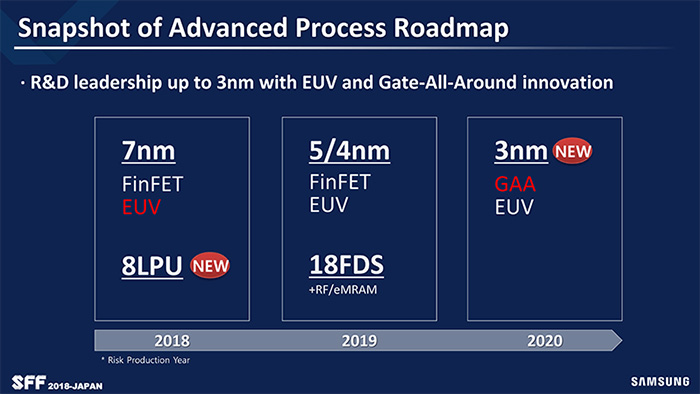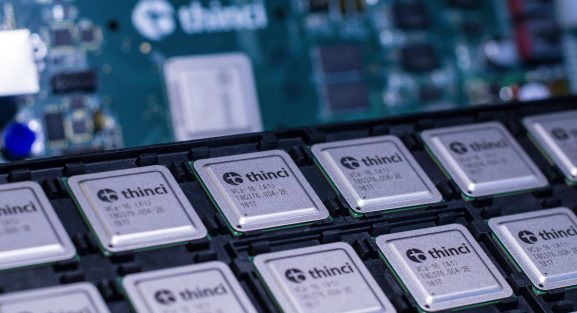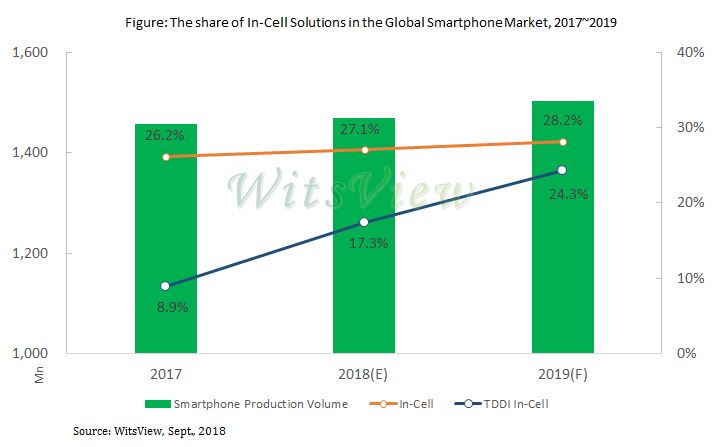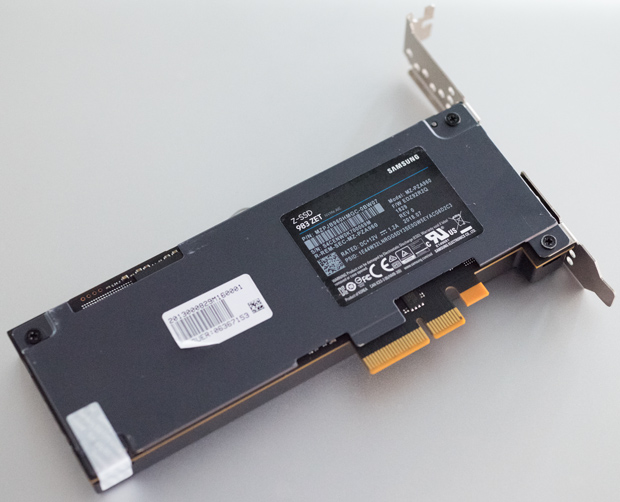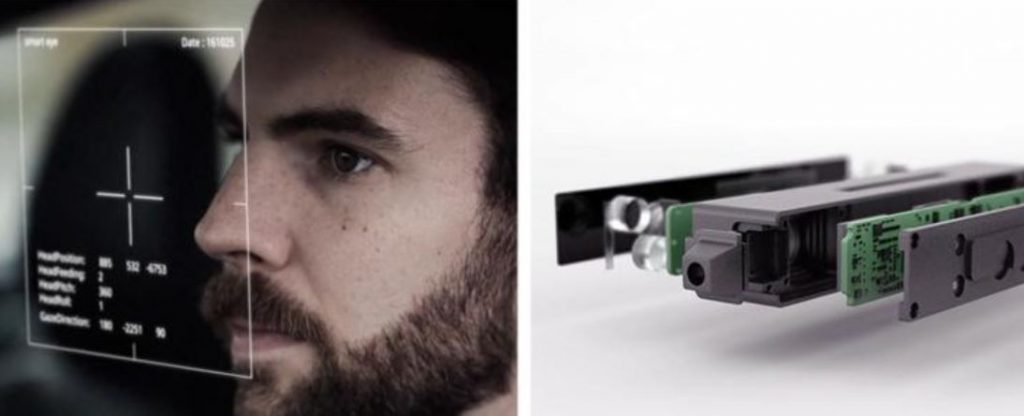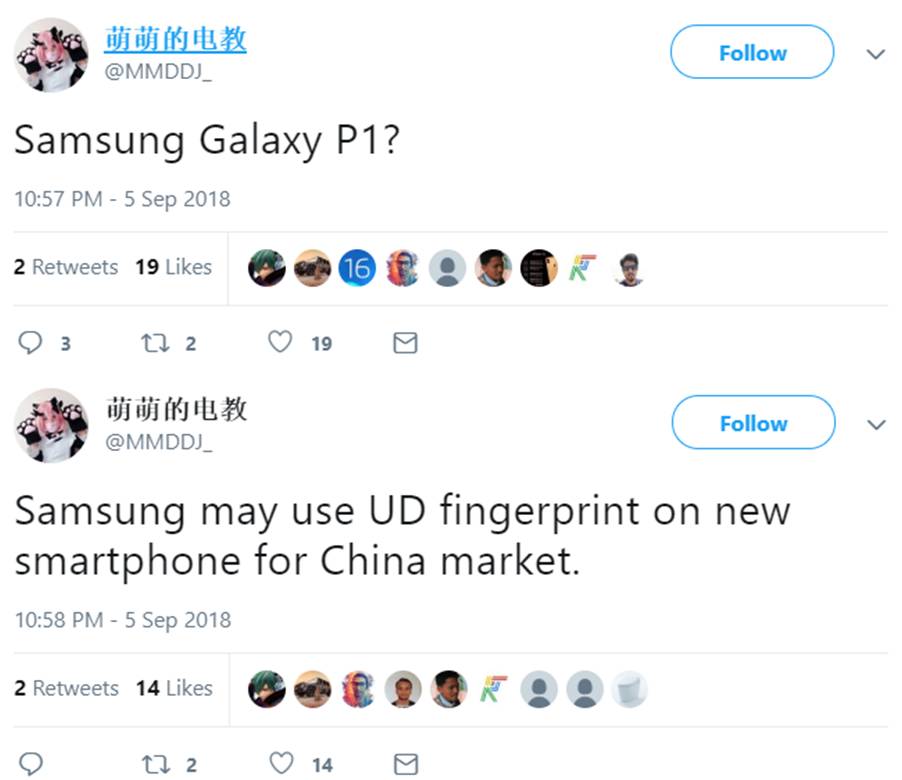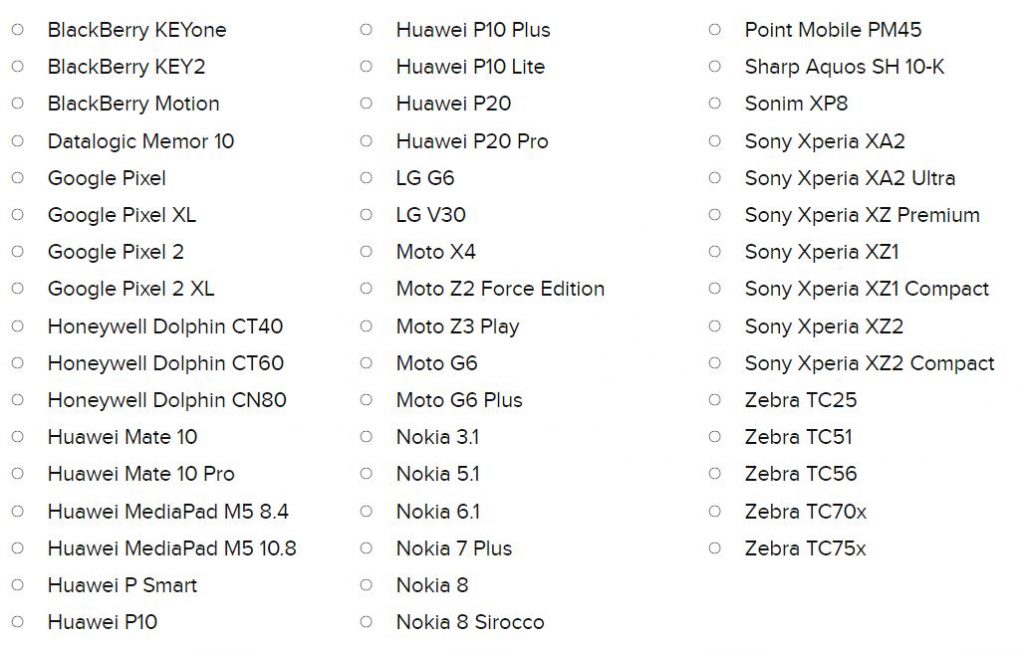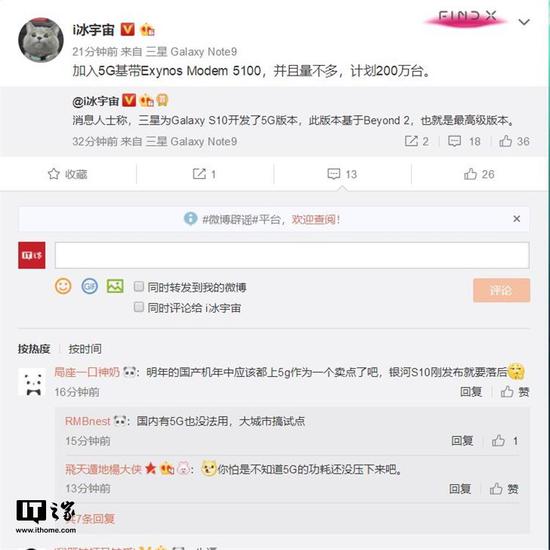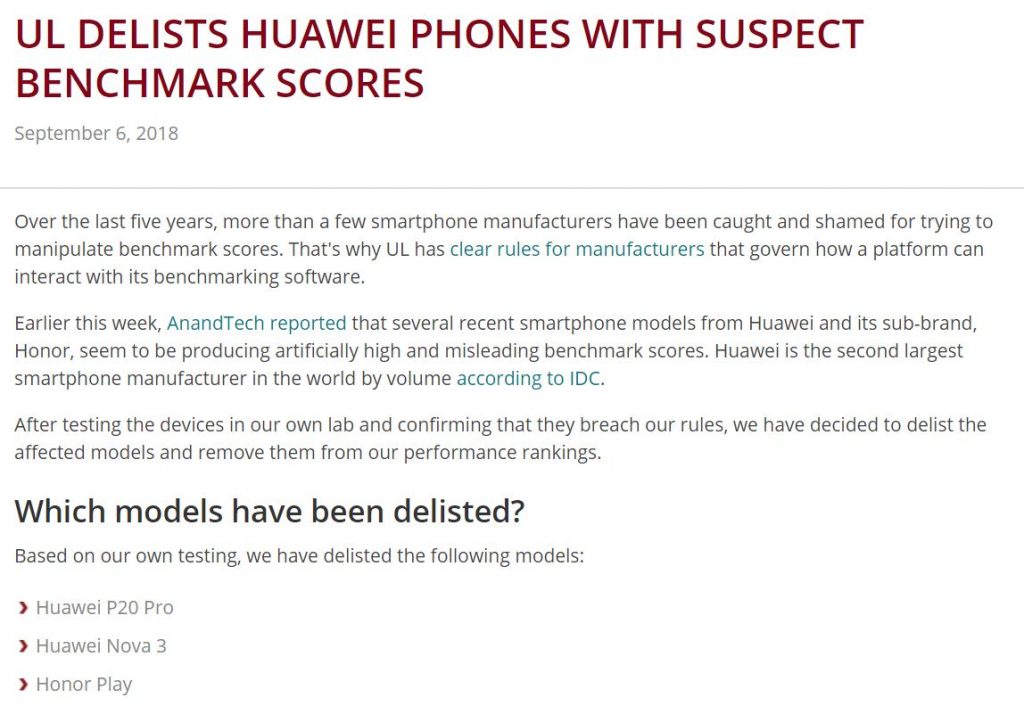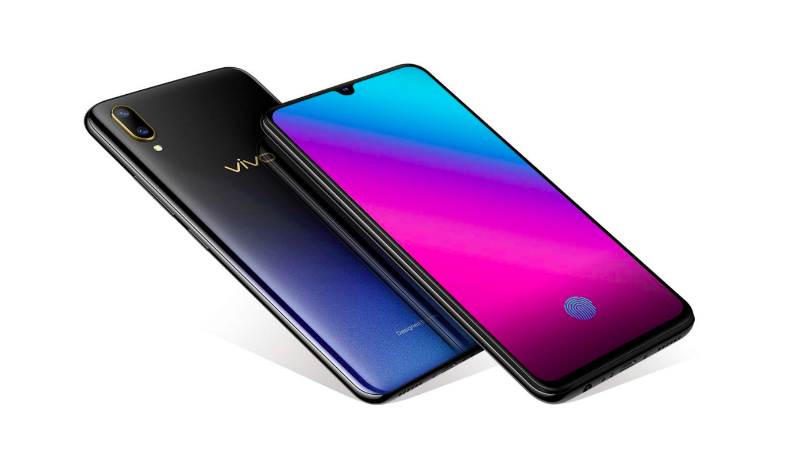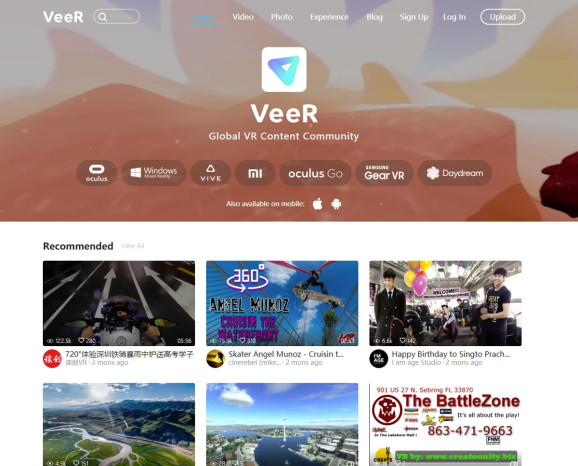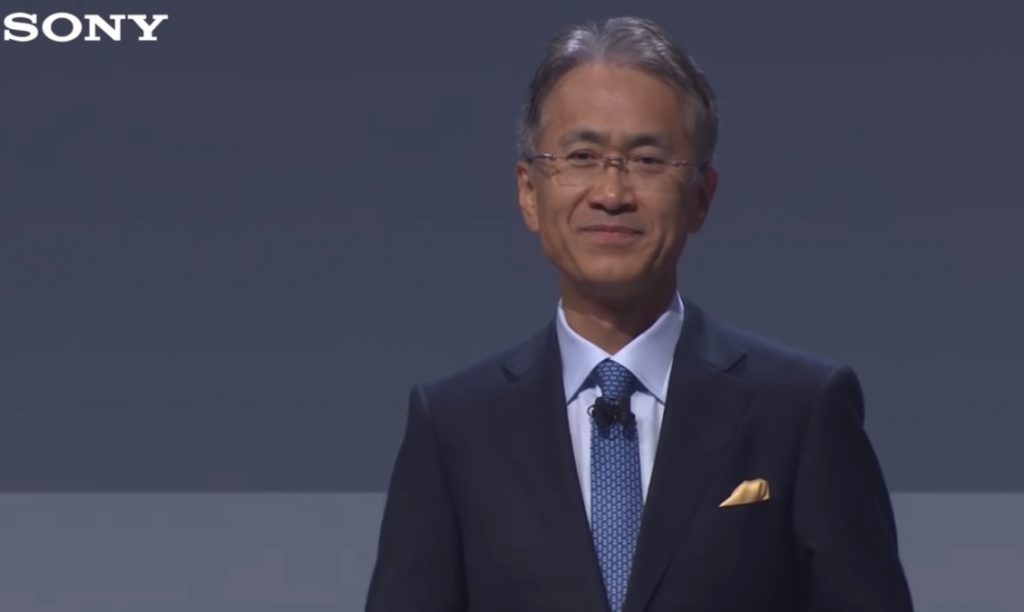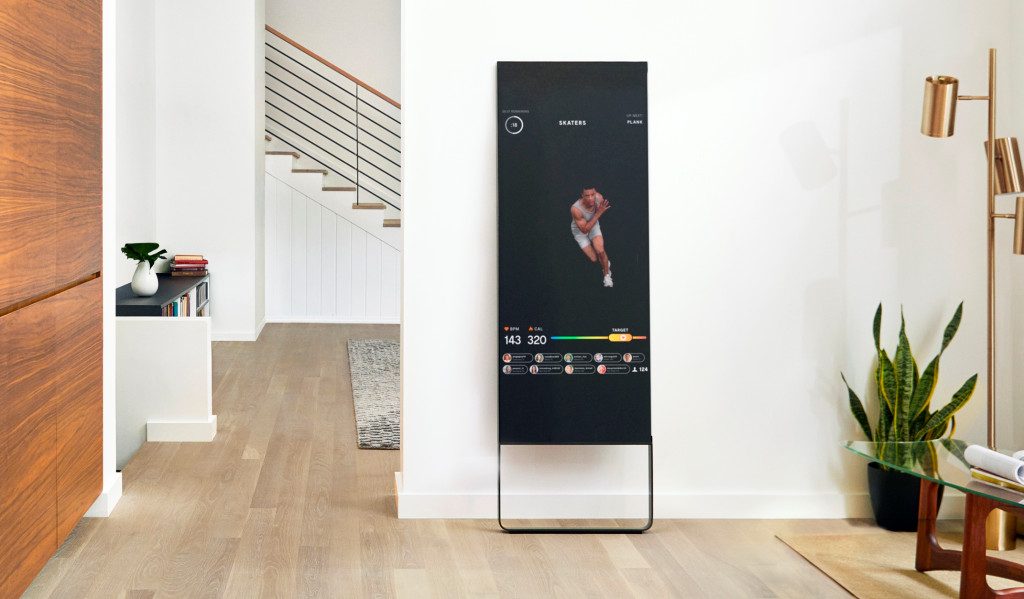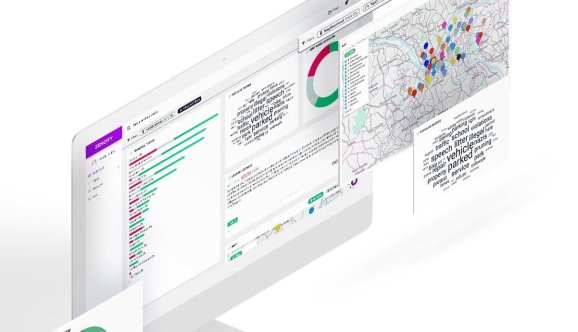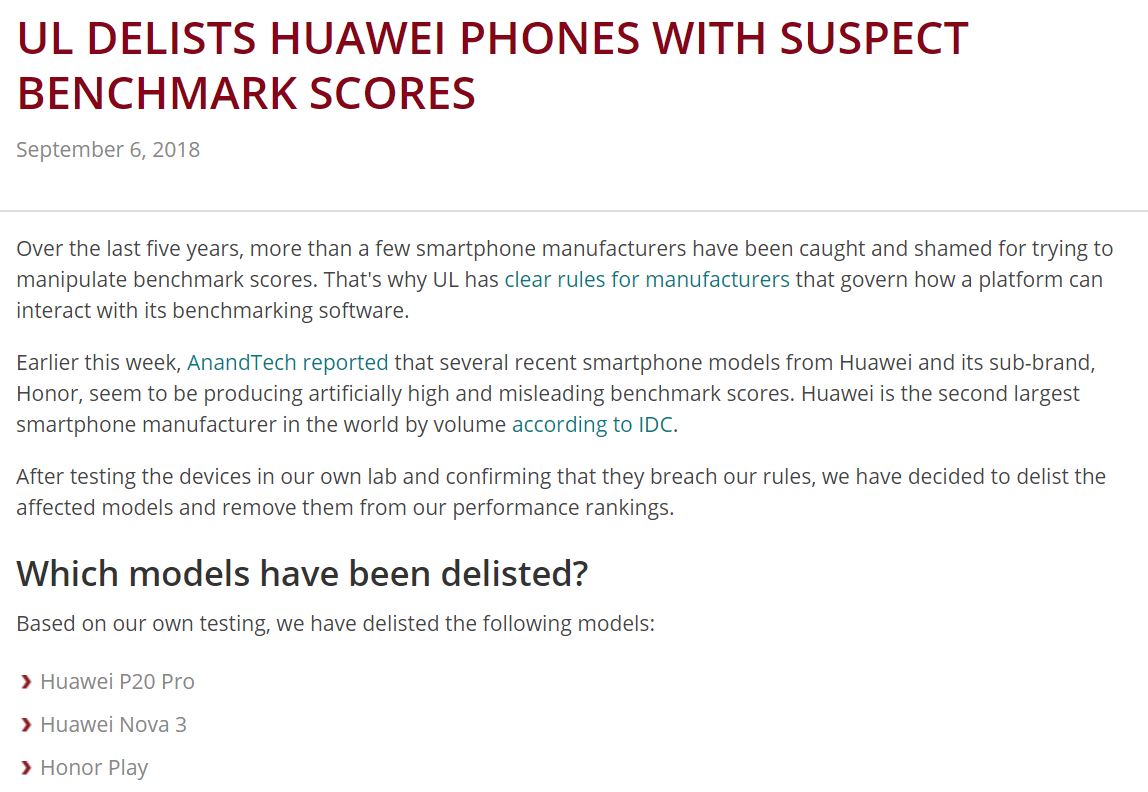
09-07: Samsung’s foldable phone will have a 4.6” screen on the outside when bent, and on the inside a 7.3” screen that is bent out of shape; etc.
Chipsets
Samsung has disclosed details about its silicon innovations that will be at the heart of future high-performance computing and connected devices. In 2020, Samsung plans to apply the 3nm process nodes, which will adopt GAA, the next-generation device architecture. Samsung is developing its GAA technology, MBCFET (Multi-Bridge-Channel FET) that uses a nano-sheet device. By enhancing the gate control, Samsung claims that the performance of 3nm nodes will be significantly improved. (CN Beta, AnandTech, CDR Info, TechNews)
Microsoft and Huawei are reportedly in talks to begin using the company’s newly developed AI chips in Microsoft data centers within China. To convince Microsoft to use its AI chips, Huawei must fulfill the U.S. company’s strict performance requirements. (Android Headlines, On MSFT, The Information, Sina, Sohu, CN Beta)
ThinCI has announced that it has raised USD65M in venture capital as it seeks to create new uses for its artificial intelligence chips. The latest round was led by Japanese automotive component giant Denso. Other investors include GGV Capital, Wavemaker Partners, and SG Innovate. (VentureBeat, The Hindu, EE Times, PR Newswire, Tencent)
Touch Display
The share of In-Cell solutions in the global smartphone market is estimated to reach 27.1% in 2018, marginal up from 26.2% of 2017, according to TrendForce. This is due to the rapid adoption by Android smartphones, despite the fact that Apple’s new iPhones this year will not adopt In-Cell solutions. Particularly, the share of TDDI (Touch with Display Driver Integration) In-Cell solutions is likely to grow significantly to 17.3%, although the IC products for TDDI In-Cell products experience a tight supply. (TrendForce[cn], TrendForce, press)
Samsung’s foldable phone will have a 4.6” screen on the outside when bent, and on the inside a 7.3” screen that is bent out of shape. Samsung is planning to schedule the initial production in the 100,000-120,000 units monthly range. The curvature when folded will reportedly be 1.5R, or just a maximum of 3mm gap where the phone bends. (Phone Arena, ET News, My Drivers)
Most of the recent 8.5G-10.5G TFT LCD production lines planned by China-based flat panel makers come with or retain the ability to produce indium gallium zinc oxide (IGZO) TFT LCD panels that still have many advantages, according to Digitimes Research. While CEC-Panda LCD Technology spearheads the production of IGZO panels in China, BOE Technology has managed to enter Apple’s notebook supply chain recently and could catch up with CEC-Panda in shipment volume in the foreseeable future. (Apple Insider, Digitimes, press, Glass)
Sanan Optoelectronics reportedly will begin building first Micro LED production line in 1Q19. It plans to plans to manufacture Micro LEDs used for smart wearable devices, large size displays of over 100” and automobile taillights. Sanan has reported its partnership with Samsung in developing Micro LED display technology earlier 2018. (LEDInside, Laoyaoba)
Memory
TrendForce reports that most 3Q18 contracts in the PC DRAM market were completed in Jul 2018. The average contract price of mainstream 4GB PC DRAM modules has stayed at USD34.5 in Aug, while the average contract price of 8GB PC DRAM modules has also stayed at USD68. TrendForce maintains its forecast that the average QoQ price increase for PC DRAM products in 3Q18 will be around 2%. (TrendForce[cn], TrendForce)
Samsung has unveiled a new high performance datacenter SSD aimed at the same market as Intel’s Optane drives. Unlike Optane SSDs, which use Intel’s unique 3D Xpoint memory, the 983 ZET uses Samsung’s 3D NAND in an SLC configuration that Samsung calls “Z-NAND”. This gives the 983 ZET a massive 17,520TB endurance rating, over 28 times that of the 960GB 970 Pro, as well as lower access latencies and higher sustained read/writes than MLC drives. (Tech Report, Hard OCP, CN Beta)
Sensory
Chinese Geely Auto Group will work with Swedish Smart Eye on the development of a new range of high-end safety systems using Smart Eye’s AI-powered driver monitoring (DMS) technology. The new system, in part, will allow semi-autonomous drive to become possible. Geely and Smart Eye will further develop the technology to produce semi-autonomous capable cars in 2019. (CN Beta, Evertiq, Geely)
Biometrics
Samsung is allegedly introducing 2 new smartphone lines in China, Galaxy P and Galaxy R. Samsung Galaxy P1 reportedly will be launched first, and it would be a mid-range smartphone equipped with in-display fingerprint technology. (CN Beta, Phone Arena)
MediaTek has announced the launch of Active Stereo with Structured Light reference design, which is compatible with Helio P60 and Helio P22 processor, working Himax Technologies and Megvii Face++. The entire design has to include an infrared projector, two sets of infrared lenses, artificial intelligence face recognition algorithm, and a suitable hardware-level depth of field acceleration engine provided by the processor. (GizChina, IT Home, Sina, China Times)
Battery
Samsung SDI will reportedly supply cylindrical cell batteries to Jaguar Land Rover’s electric vehicles (EVs). To supply its cylindrical cell batteries to the British carmaker, industry sources said the Korean battery maker will construct a production line for producing “21700” cylindrical batteries at its plant in Hungary. (CN Beta, Electrek, Korea Times)
Phone
Google has announced the latest devices that are joining its Enterprise Recommended program — this time focusing on rugged devices. These phones are guaranteed to receive 5 years of security updates instead of 3 like other Enterprise Recommended devices. (Android Central, Google)
Samsung is apparently planning to release its 2019 flagship phone, the Galaxy S10, in separate 4G and 5G versions — a move designed to keep pricing down for customers without nearby 5G network access. only the larger version of the S10 will include a 5G option, and the company will produce “a small number of 5G models” due to the nascent state of 5G networks. (VentureBeat, The Bell, IT Home, Sina)
Facebook’s first Asian datacenter will be in Singapore, as Facebook has revealed plans to open a 170,000m2 server hub in the region within 4 years. (VentureBeat, Facebook, Sina, WSJ CN)
UL, the company behind the tablet and phone performance benchmark app 3DMark, has delisted new Huawei phones from its “Best Smartphone” leaderboard after AnandTech discovered the phone maker was boosting its performance to ace the app’s test. The phones delisted were the P20, P20 Pro, Nova 3 and the Honor Play. (TechCrunch, Gizmo China, AnandTech, Sina, Qianlong, EDN China, UL)
vivo V11 Pro is announced in India – 6.41” 2340×1080 FHD+ Super AMOLED “waterdrop’, Qualcomm Snapdragon 660, rear dual 12MP-5MP + front 25MP, 6GB+64GB, Android 8.1, in-display fingerprint, 3400mAh, INR25,990. (GSM Arena, Android Authority, Indian Express, vivo, GizChina)
vivo X23 is announced – 6.41” 1080×2340 FHD+ Super AMOLED “Halo FullView”, Qualcomm Snapdragon 670, rear dual 12MP-13MP + front 12MP, 8GB+128GB, Android 8.1, in-display fingerprint, IR face unlock, 3400mAh, CNY3,498. (GizChina, Gizmo China, GSM Arena, vivo, Sohu, Baijiahao)
Augmented / Virtual Reality
Worldwide shipments of virtual reality (VR) headsets were down 33.7% year over year in 2Q18, according to IDC. Tethered VR headsets declined 37.3% in 2Q18. Oculus and Sony managed to ship 102K and 93K headsets respectively in 2Q18. The category leader, HTC, shipped close to 111K headsets (excluding the standalone Vive Focus) thanks to the growing popularity of the Viveport subscription service as well as the launch of the Pro headset. (VentureBeat, IDC, Sina, JRJ)
Veer VR has launched a free web-based virtual reality content creation tool as part of an effort to get users to create more content on the Veer global VR content community. Veer Experience is a coding-free interactive creation tool that people can use to create VR photos and videos, including those that can be viewed in 2D as 360º experiences. (VentureBeat, Veer VR)
Sony CEO Kenichiro Yoshida is confident that issues with current VR headsets will be improved upon in the future. Yoshida has outlined many of the common problems with early VR headsets like PlayStation VR (PSVR), noting that the tech was “still evolving” at the moment. He noted that the inability to see the world around you when in VR could be “a little bit dangerous” and that motion sickness was still prevalent. (Android Headlines, Upload VR, VR Focus, The Independent, Elecfans)
Home
New York-based fitness technology startup Mirror has launched its product out of stealth and announced a USD25M round of funding from Spark Capital. This comes 6 months after the startup first teased its product alongside an inaugural USD13M of funding. (VentureBeat)
Artificial Intelligence
ZenCity, an Israeli startup that analyzes online conversations and reports trends and sentiments to city officials, has raised USD6M in a series A round of funding from Vertex Ventures, Microsoft’s M12 venture fund, and Canaan Partners Israel. (VentureBeat, Nocamels, Calcalistech)
Payment
Apple has put the brakes on introducing Apple Pay in India despite holding discussions with a few leading banks and the National Payments Corporation of India, which manages the UPI platform. The main worry for Apple is the Reserve Bank of India’s recent data localisation rule, adding that the company also ran into technical and design hurdles related to the flow of payments on UPI. (Apple Insider, Economic Times)
